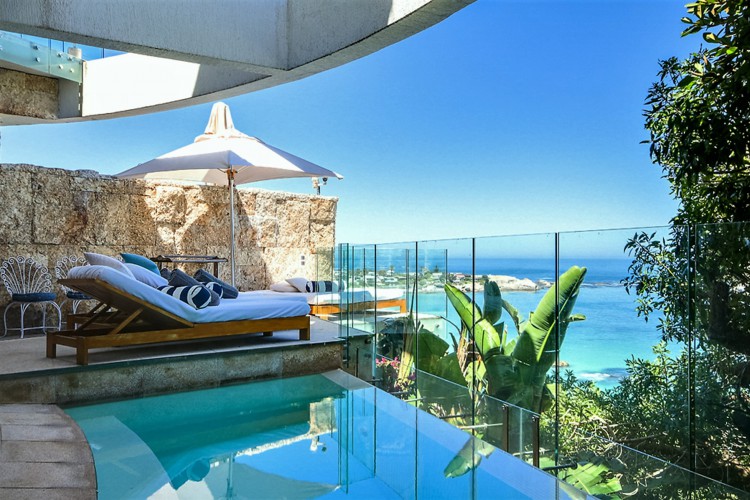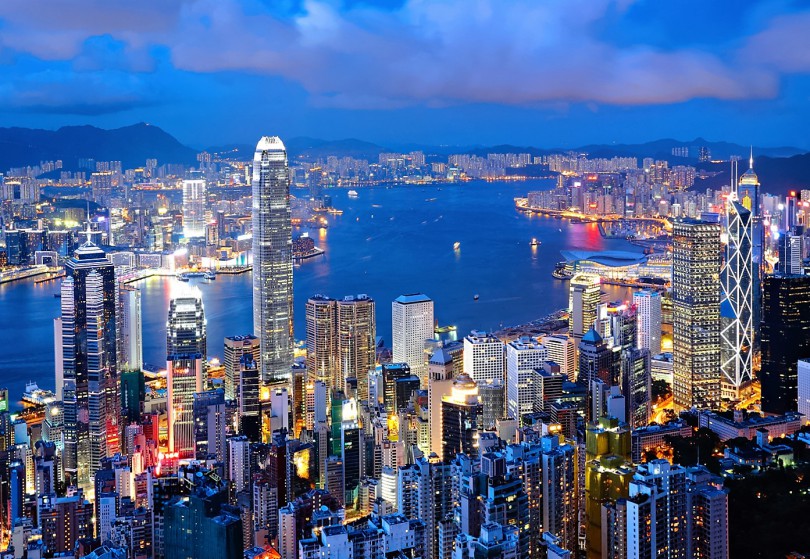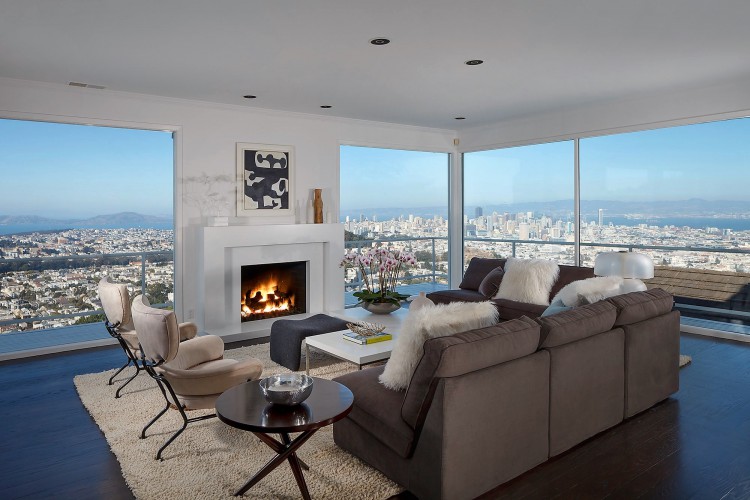Christie’s Inc’s new report, Luxury Redefined, tells us how new markets have emerged, while some old ones have fallen by the wayside, in the global luxury property market sweepstakes.
Cape Town
Global financial realities seem to have caught up with luxury real estate, the sales of which, at one point, seemed to have been least affected by world events. A new Christie’s Inc report, in fact, reveals that there is no single price point at which you can buy those gorgeous, uber luxury homes, chalets, vineyards, mansions, apartments, and more that represent the finest of luxury homes.
The report states: “Sales volumes in markets such as New York, Hong Kong and London plateaued in late 2015 and into 2016, while emerging luxury markets continued their steady evolution. This can be attributed to a range of key contributors, from shifting financial concerns and the impact of currency flows, to the changing preferences of high-value property buyers.”
Hong Kong
Luxury Defined not just comprises standard luxury property market measurements – such as top sale prices, volume of luxury home sales, average sale prices, etc. – but also establishes benchmarks by sub-market in order to assess trends among truly comparable homes.
Among the other major findings that should tell us how the luxury market will evolve over the next few years:
- Exchange rates, coupled with other financial and political concerns are radically impacting the ebb-and-flow of the international luxury market, with traditionally strong markets for international buyers such as New York, London, and Miami reporting a decrease in buyers from countries including Russia and Brazil.
- While price points may have negatively affected traditional markets luxury real estate, they have opened up new destinations: Among the emerging luxury markets are Cape Town, South Africa; Cartagena, Colombia; Dublin, Ireland; and countries like Argentina and Canada.
London
- If one were to go by price performance, London continues to rank among the top luxurious global real estate market, for fourth year in row. This, despite the new capital gain tax levied by the government on £1.5m + homes. In fact, among the top five property markets that attract the top dollars (or pounds) are: London, Hong Kong, New York, LA and Singapore. Hong Kong, in fact, posted the world’s top residential sale at HK1.5bn/USD193m. Singapore replaced Dubai among the top performing markets, while Paris bettered its rankings, from 9th to the 5th.
- Among the top five global property markets are some very surprising names: Auckland, Toronto, San Francisco, Sydney and Los Angeles respectively. San Francisco saw a 12 per cent jump in luxury home sales in 2015 and strong interest from international buyers. Scarcity of high-end supply pushed up prices and sale volumes.
Jackson Hole
The report examines 100 luxury real estate markets and provides first-hand insights into the drivers shaping them. For instance, the annual Christie’s International Real Estate Index, which compares key data and luxury house price metrics, yielded a new set of global benchmarks for 2015 and provided a closer look at the overall health of the luxury marketplace.
The report outlines enormous differences in the definition of luxury, with homes in Palm Springs, California defining luxury as $1 million and higher, but areas such as Monaco now defining the start points of luxury at $10 million. The highest priced real estate sales worldwide in 2015, outlined in the report, were steered by the record $193.5 million (HK $1.5 billion) sale of a single-family home in Hong Kong’s The Peak district. The top five sales rounded out with the $141 million (£92 million) sale of a townhouse in London; a $91.5 million new development penthouse in New York; a $77.5 million co-op in New York; and a $71.2 million single-family home in Palm Beach, Florida. At least four properties have sold for US$50 million or more around the world thus far in 2016.






